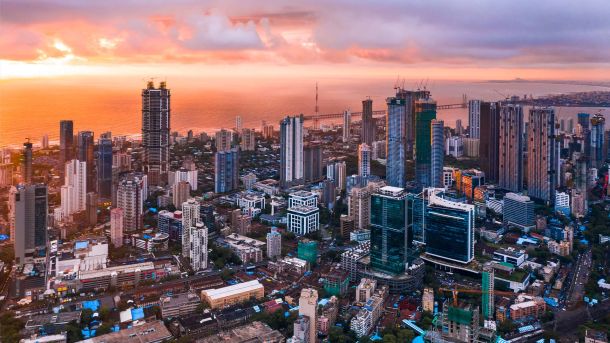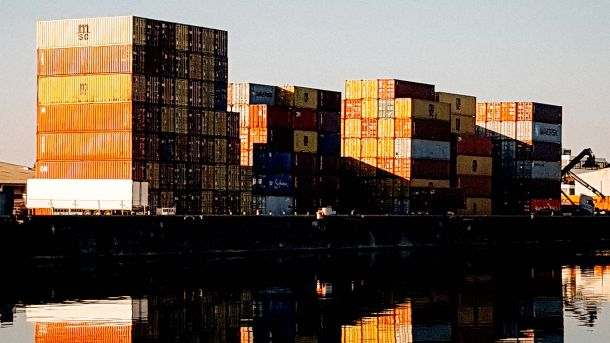In USD terms, foreign reserves also showed an increase in August compared to the previous month. The Reserve Bank has continued purchasing US Dollars on the open market to strengthen South Africa’s international liquidity amid ongoing global market uncertainties. This strategy is also influenced by the implementation of trade tariffs on South African goods from 7 August onwards.
Key commodities such as gold, oil, platinum, and coal provide valuable insights into South Africa’s mining sector and inflation outlook. Monitoring these trends will be essential in assessing inflation prospects, especially in light of international developments and potential trade restrictions with the US following the August tariff measures.
Tracking these movements is crucial, as inflation expectations will influence the South African Reserve Bank’s (SARB) interest rate decisions later in 2025. A stable Rand and slightly lower oil prices support more favourable inflation forecasts. However, ongoing global geopolitical tensions and potential changes to trade agreements, such as the African Growth and Opportunity Act (AGOA), could lead to increased market volatility.
With recent US tariffs and the Federal Reserve expected to cut interest rates in September 2025, the Rand is likely to experience continued short-term volatility, which could impact both international markets and South Africa’s economic outlook for the remainder of the year.





